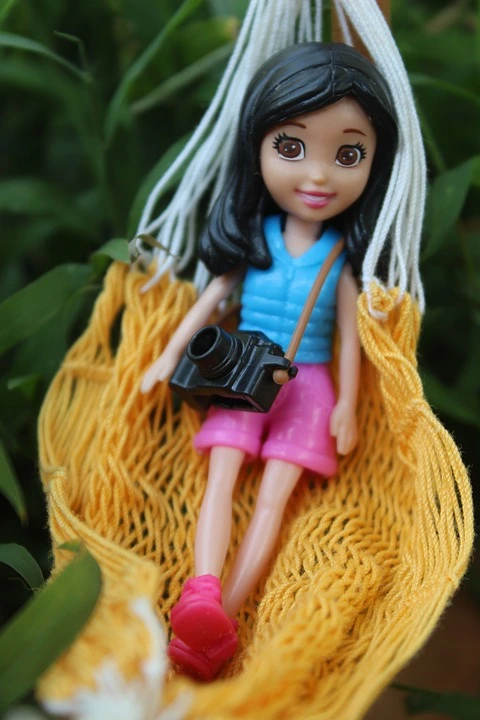The release of the much-anticipated 2023’s Barbie film has left parents and caregivers questioning its appropriateness for children.
While Barbie dolls have been a beloved toy for kids for generations, this particular film has received a PG-13 rating, which may raise some eyebrows.
Traditionally, Barbie movies have been rated G or TV-Y, making this departure from the norm a point of concern for many.
The PG-13 rating is typically given to films that contain intense (but not constant) violence, suggestive or vulgar language, references to drugs or alcohol, or brief nudity.
In the case of Barbie, there is no nudity or extreme violence to worry about.
While there is a scene where Barbie, portrayed by Margot Robbie, stands up to a man inappropriately touching her, the violence in the film is largely comical and harmless.
The real reason for the PG-13 rating lies in the film’s language, which includes suggestive dialogue and double entendres.

Although most of these jokes will fly over the heads of young children, older kids may catch a few. The film also features one bleeped-out “motherf—–,” which is the primary reason for the PG-13 rating.
Despite its rating, will kids actually understand the deeper themes and messages present in Barbie?
The film is laden with social commentary, exploring issues such as beauty standards, gender inequality, identity, mortality, and the meaning of life.
Barbie serves as a positive female role model, embracing imperfections and encouraging self-belief.
While children under 13 may not fully grasp these complex themes, they can still learn valuable lessons about being true to oneself, treating others fairly, and believing in their abilities.
Teenagers, on the other hand, may relate more deeply to Barbie and Ken’s struggles with their identities and place in the world.
As visually stunning as the film may be, its content and storytelling style may not cater to young children’s preferences.
Barbie deviates from the animated movies kids are familiar with, lacking animal sidekicks and musical numbers.
Instead, it focuses on dialogue and smaller scenes that may not capture the attention of younger viewers.
Moreover, the film’s nostalgic elements, paying tribute to past Barbie dolls and pop culture references, may be lost on children who are not familiar with older versions of the iconic doll.
Ultimately, the decision of whether Barbie is suitable for kids lies with the caregivers.

While the film is entertaining and heartwarming, it delves into mature themes that may prompt difficult discussions with young children.
The PG-13 rating’s language is suggestive, though not excessively offensive. Caregivers should consider their children’s age and maturity level before taking them to see the movie.
For parents concerned about the film’s themes or dialogue, it may be wise to leave the little ones at home and enjoy Barbie’s latest adventure with older kids or teenagers who can appreciate its deeper messages.
In the end, Barbie may not be the ideal choice for young children, given its focus on dialogue-heavy storytelling and mature themes.
However, for older kids and teenagers, the film offers a visually delightful and thought-provoking experience that explores the complexities of identity and societal expectations.
As always, it’s essential for caregivers to make informed decisions based on their children’s individual needs and sensitivities.

